Below, we’ll explore a wide array of evergreen plants perfect for Zone 7 gardens, each bringing their unique charm and characteristics.
Balsam Fir (Abies balsamea)

One of the most beloved evergreens, the Balsam Fir holds a special place in many landscapes due to its aromatic foliage and stunning emerald green needles. Native to North America, this coniferous tree can reach heights of 40 to 60 feet and is known for its symmetrical shape and soft, fragrant needles that exude a classic Christmas tree appeal.
Balsam Fir thrives in well-drained, slightly acidic soils and prefers full to partial sunlight. Its adaptability makes it a common choice for naturalized settings as well as formal gardens. Additionally, the tree serves as an excellent wildlife habitat, offering shelter and food to various birds and small mammals. Not only is the Balsam Fir visually appealing, but the essential oils found in its needles have calming properties, making it a great choice for a serene landscape.
Japanese Umbrella Pine (Sciadopitys verticillata)

Emblematic of a unique aesthetic, the Japanese Umbrella Pine is not a true pine but rather a living fossil, with origins tracing back 200 million years. This slow-growing evergreen features whorled, dark green needles that radiate from the stems like an umbrella, adding an exotic touch to any garden.
Thriving in Zone 7, Sciadopitys verticillata prefers well-drained, moist soil alongside partial to full shade. Its resilience to urban pollution makes it suitable for city gardens, enhancing aesthetics while purifying the air. Moreover, the Japanese Umbrella Pine’s mature height can reach up to 60 feet, providing a striking presence and serving as a focal point in larger landscapes. As an added bonus, the tree’s resistance to pests and diseases means you can enjoy its beauty with minimal worry.
Tea Olive Tree (Osmanthus fragrans)
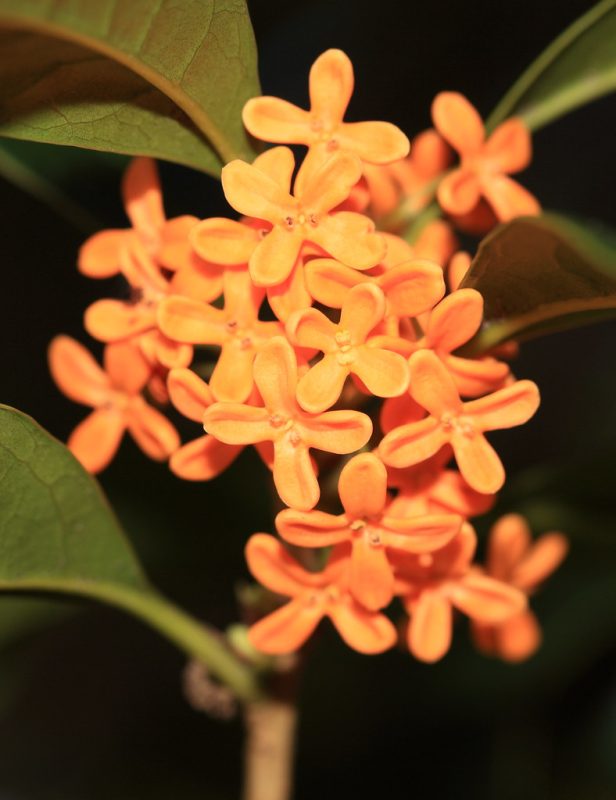
The Tea Olive Tree, or Osmanthus fragrans, is often celebrated not just for its glossy, dark green leaves but also for its fragrant white flowers that bloom in the fall. This evergreen shrub can grow between 8 to 15 feet tall and is prized for its sweet, apricot-like fragrance that fills the garden as the flowers mature.
The Tea Olive thrives in well-drained soil and adapts well to both sun and partial shade, making it versatile for various gardening styles, from hedges to standalone specimens. When planted strategically, it can provide a lovely scent throughout the landscape, enhancing the sensory experience of your garden. Additionally, its dense foliage serves as a wonderful natural privacy screen, offering both beauty and seclusion.
Sky Pencil Holly (Ilex crenata ‘Sky Pencil’)

If your garden needs a touch of verticality, the Sky Pencil Holly is a perfect choice. This narrow, columnar evergreen grows upright, typically reaching heights of 4 to 8 feet while maintaining a slender width of just 1 to 2 feet. Its dark green leaves are glossy and small, providing excellent textural contrast in mixed plantings.
Sky Pencil Holly is incredibly adaptable, thriving in a variety of soils and lighting conditions, from full sun to partial shade. Its unique shape makes it ideal for narrow spaces, standing out as a specimen plant or even as a formal hedge. Furthermore, Sky Pencil Hollies are resistant to pests and diseases, ensuring they remain elegant and healthy year after year.
Slender Hinoki False Cypress (Chamaecyparis obtusa ‘Gracilis’)
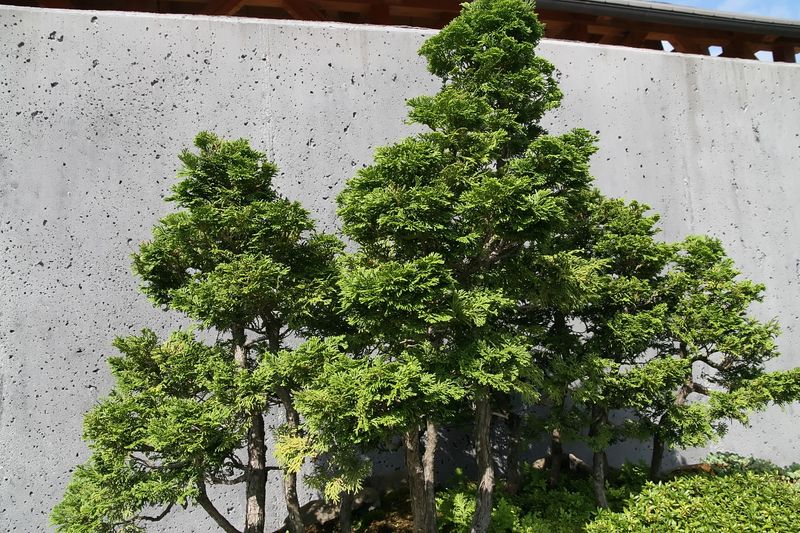
The Slender Hinoki False Cypress, often termed ‘Gracilis,’ emanates a sense of tranquility with its graceful, feathery foliage and elegant growth habit. This aromatic evergreen shrub can grow to between 10 and 15 feet, characterized by its picturesque, layered branches.
Preferring well-drained, fertile soils and partial shade, this shrub is an excellent addition to layered garden designs where its soft texture can provide contrast against more rigid plants. In addition to its aesthetic appeal, the Hinoki False Cypress offers a soothing scent when brushed against, making it an evocative feature for sensory gardens. It is relatively low maintenance, thriving with minimal intervention while enhancing the biophilic qualities of your landscape.
Southern Magnolia (Magnolia grandiflora)

The Southern Magnolia is an iconic evergreen tree renowned for its majestic, large white flowers and glossy, dark green leaves that have a bronze underside. Growing as tall as 60 feet, the Southern Magnolia can serve as a specimen tree that commands attention in any space.
This beauty flourishes in full sun but can tolerate some shade as well. While Southern Magnolias prefer moist, well-drained soils, they are adaptable and can thrive in various soil types. They attract pollinators, particularly bees, with their fragrant blossoms, making them a fantastic choice for those keen on encouraging wildlife in their gardens. With its bold, expressive beauty, Southern Magnolia brings an aura of the South whether planted in cities or rural settings.
Colorado Blue Spruce (Picea pungens)
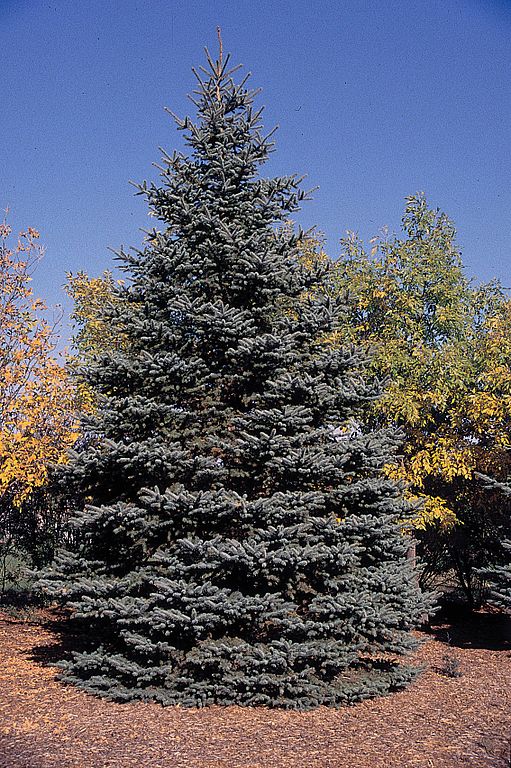
The Colorado Blue Spruce is celebrated for its stunning silvery-blue needles, creating a striking contrast against the reds and greens of other plants in the landscape. This evergreen grows naturally in mountainous regions but adapts beautifully to gardens in Zone 7, reaching heights of 30 to 60 feet.
It thrives in full sun and requires excellent drainage, preferring slightly acidic to neutral soils. Colorado Blue Spruces are excellent for creating powerful focal points or providing year-round interest in garden beds, especially with their unique needle color and dense, conical shape. They also play a functional role, providing shelter for birds and small mammals. Whether used in formal spaces or naturalized gardens, this evergreen is a striking addition to any outdoor area.
Agarita (Mahonia trifoliolata)
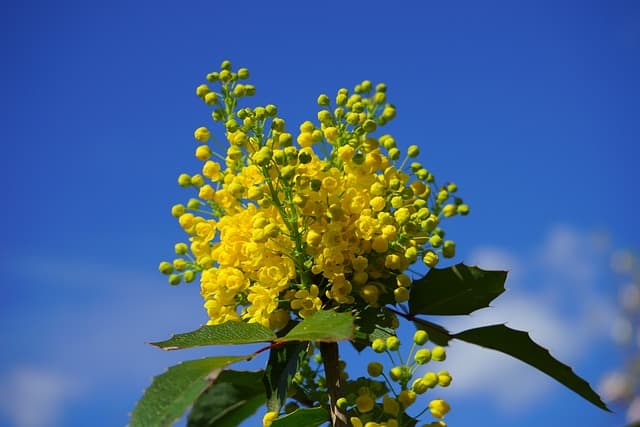
Agarita is an intriguing evergreen shrub, native to the American Southwest, with its spiny, holly-like leaves and clusters of fragrant yellow flowers that bloom in early spring. It offers a unique texture and form, growing 3 to 6 feet tall with similar spread, making it suitable for borders or hedges.
This resilient shrub thrives in well-drained soils and is highly drought-tolerant once established. Agarita is not only ornamental but also attracts beneficial pollinators, offering both beauty and ecological advantages. Its foliage provides excellent cover for wildlife, making it a multifunctional choice for those looking to create a habitat-friendly landscape. Plus, its berries are edible and can be used to make jams or jellies, adding a layer of practicality to its charms.
Dittany of Crete (Origanum dictamnus)
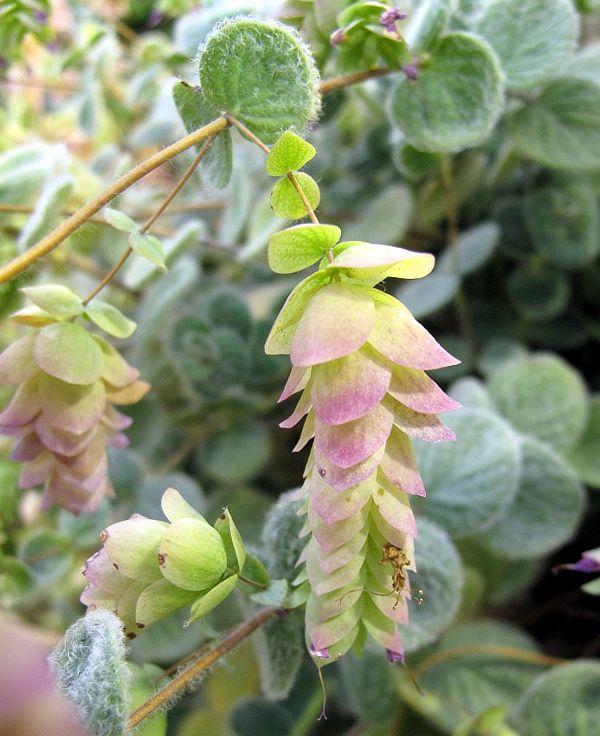
Known for its delightful aroma and medicinal properties, Dittany of Crete is a low-growing perennial evergreen that features thick, fuzzy leaves and small purple flowers. While not a traditional evergreen shrub, its persistence and aromatic foliage make it a beloved choice for herb gardens and rockeries.
Thriving in well-drained, sandy, or rocky soils, this plant prefers full sun and is highly drought-resistant, making it perfect for low-maintenance gardens. Dittany of Crete adds texture and rich green color to landscapes, particularly as a ground cover. Its historical use in herbal medicine and culinary applications enriches its appeal, allowing gardeners to enjoy both practical benefits and aesthetic value in their homes.
Cypress (Cupressus)

Cypress trees evoke a sense of grandeur and timelessness, making them popular choices in gardens throughout Zone 7. Nor particularly fussy about their growing conditions, they can thrive in various environments. They’re often characterized by their tall, columnar growth and unique foliage, which can range in color from deep green to various shades of blue.
Well-drained soil is optimal for cypress, and these trees prefer full sun or partial shade. Their height and symmetry make them excellent for tall hedges or windbreaks, while their adaptability lends them a role in diverse planting scenarios. Cypress trees also work wonderfully in wetland areas, as many species exhibit high tolerance to saturated conditions, which can allow for creative landscaping solutions where water features are involved.
Southern Wax Myrtle (Myrica cerifera)

Southern Wax Myrtle is a versatile evergreen shrub perfect for Zone 7 gardens. Its leathery, aromatic leaves are a luscious green and can grow to about 10 to 15 feet tall, often forming dense thickets. This shrub’s ability to adapt to various soil types and conditions makes it a resilient choice for a variety of garden situations.
When planted as a hedge or background, the Southern Wax Myrtle provides year-round privacy while attracting birds and other wildlife. Additionally, its berries are favored by birds, serving as a natural food source. The shrub thrives in both full sun and partial shade, allowing it to fit beautifully into diverse arrangements or as standalone specimens, creating lush, naturalistic landscaping.
Spanish Bayonet (Yucca aloifolia)
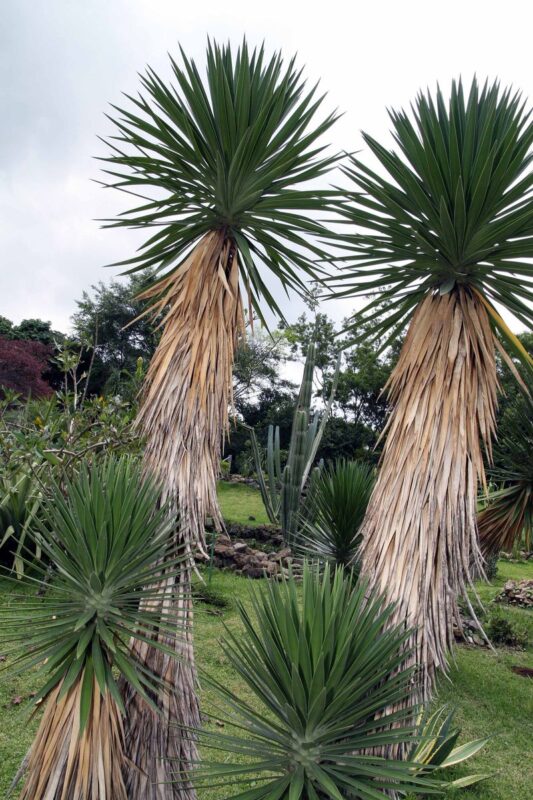
The impressive Spanish Bayonet is a striking evergreen that can create dramatic visual interest in gardens with its sword-like leaves. Known for its architectural presence, this plant can reach heights of 6 to 10 feet and produces tall flower spikes adorned with clusters of creamy white blooms during the summer.
Spanish Bayonet thrives in zones with well-draining, sandy soils and loves full sun. This hardy evergreen is drought-tolerant and requires minimal maintenance once established, making it a great choice for low-water landscapes. With a bold and exotic look, Spanish Bayonet can serve as a focal point in diverse landscaping schemes, making a statement while being remarkably resilient.
Yaupon Holly (Ilex vomitoria)
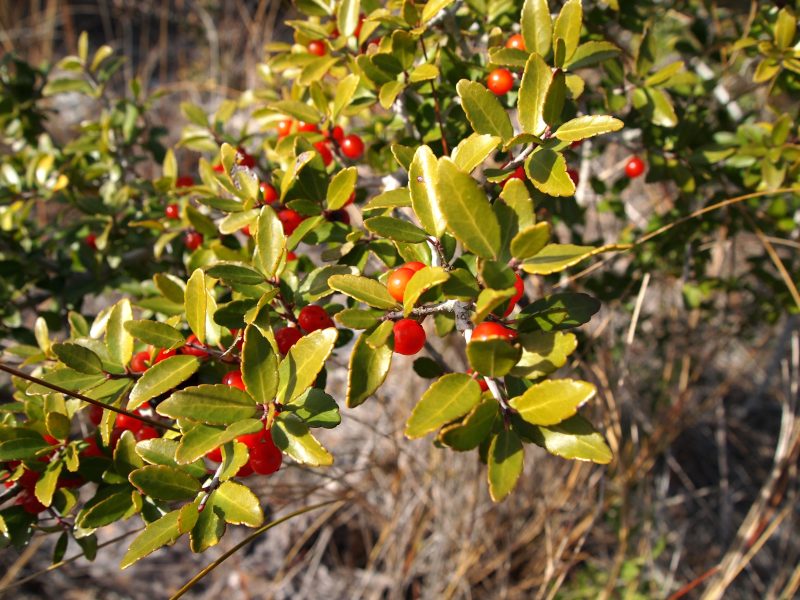
Yaupon Holly is a beloved staple in many gardens, esteemed for its versatility and resilience. This evergreen shrub or small tree can reach heights of 10 to 30 feet, with small, glossy green leaves and clusters of bright red berries that provide winter interest and attract wildlife.
This adaptable plant thrives in a variety of soil types and tolerates both drought and flooding, making it suitable for rain gardens or arid landscapes alike. Full sun to partial shade is ideal for Yaupon Holly as it adapts well to diverse lighting conditions. Its dense growth habit makes it an excellent choice for hedges, screening, or privacy planting, allowing for aesthetic appeal with pragmatic applications in your outdoor space.
Conclusion
Designing a vibrant and enduring garden in Zone 7 is an enriching pursuit, and incorporating evergreens can significantly elevate your landscape throughout the year. The plants mentioned in this post—ranging from towering trees to stunning shrubs—options that cater to various stylistic preferences and environmental conditions.





